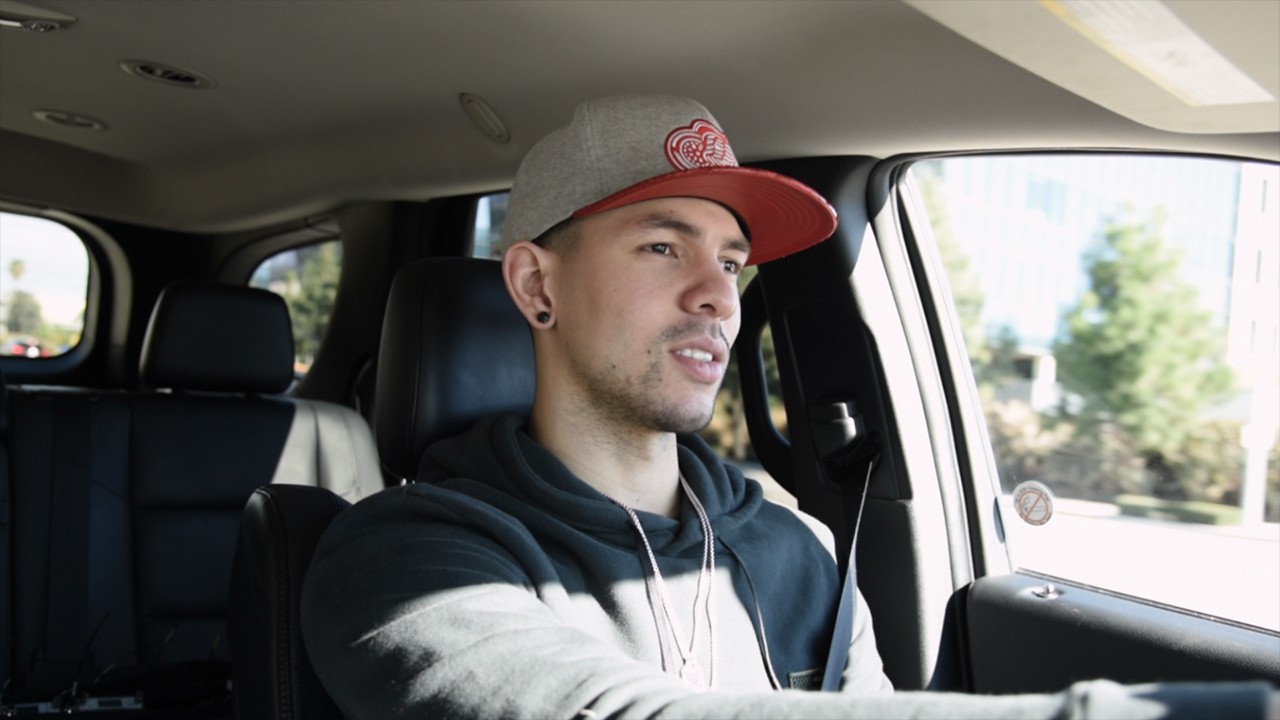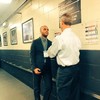Photo by Mike Nelson - European Pressphoto Agency
A few weeks ago, I wrote a column that labeled the Memphis Grizzlies as the most intriguing and unknowable team in the NBA. The Los Angeles Clippers have since asked me to hold their beer.Coming off a year in which they shredded the remnants of an era that successfully buffed out generations of hopelessness, the Clippers head into 2019 with a who’s who ensemble cast that will use irrepressible depth, creativity, and luck in an admirable attempt to make everyone forget about the stars that are now gone.Similar to Memphis, Los Angeles has respectable role players, youth, experience, and are without an on- or off-court identity. We don’t know how Doc Rivers will shape his rotation, who can play with who and when, or have any idea what their most effective five-man unit will look like. Stylistically and aesthetically, the Clippers (just like the Grizzlies) are a blank slate that allows the imagination to run wild.But what separates L.A. from Memphis (and every other team in the league) is how fittingly its roster has been assembled to jockey through an exhausting regular season. The Clippers have, at minimum, a dozen competent NBA players. There are scorers who roll out of bed and land on the free-throw line, accommodating table setters, and defensive-minded wings who don’t need the ball. Behind them are three-point marksmen, on-ball bloodhounds, and bigs who take pride in understanding the geometry behind a solid pick. Throw two lottery picks into the mix and what you have is a group that’s most impressive personality trait may be the ability to thrive without any.On paper, this team has players who excel in a few areas, but, in most cases, they're primarily known (and paid) for their work on one side of the ball. Rivers’s ability to blend dueling skill-sets and allow each individual’s force to protect one of his teammate's flaws will be a year-long challenge. But if everything falls into a complementary rhythm, the payoff can be huge. (Imagine having to score against Avery Bradley, Patrick Beverley, Luc Richard Mbah a Moute, and Montrezl Harrell in one quarter, and then trying to stop Danilo Gallinari, Lou Williams, and Tobias Harris the next. Or just mixing all those parts together with enough space, athleticism, and dirt to make everything work.) Each position has a safety net. The bench should flood opposing second units with individual bucket-getters, versatile defenders, willing passers, three-point weaponry, and, above all else, cogs who stay in their lane while executing their strengths.All this analysis is very glass-half-full. Some of Los Angeles’s most accomplished names enter next season still needing to prove they can stay on the court. Gallinari is coming off a 21-game season, and missed 58.1 percent of his possible starts over the previous three years; Bradley only appeared in six games after the Clippers traded for him in late January; Beverley is cleared for training camp but had arthroscopic knee surgery last November; and the last time we saw Mbah a Moute play basketball his shoulder prevented him from making layups. Milos Teodosic—who was perpetually gimpy throughout his rookie season—and a 34-year-old Marcin Gortat are ambiguous commodities.

But past health issues aside, this team is new and hungry. Typically, having several players enter the final year of their contract at the same time is detrimental, particularly with minutes at a premium. But injecting a dog-eat-dog mentality into a team that's ostensibly lottery bound could work. Aside from Gallo, Williams, Harrell (whose two-year, $12 million contract is a strong contender for “best value in the league”), Shai Gilgeous-Alexander, and Jerome Robinson, everybody else can be a free agent next summer. (Bradley’s contract is partially guaranteed.)And that, naturally, leads us from the court to the cap sheet, which sparkles sans any harsh restrictions. Free agency is the long-term play for a franchise that—until further notice—has chosen to follow the pre-James Harden, post-Tracy McGrady/Yao Ming Houston Rockets model, where going from the middle to the top without using the lottery as a crutch is the task at hand.That strategy almost requires fortuitous timing, impressive assets, and a front office that can be potent and lean at the same time by identifying then pouncing upon market inefficiencies. It’s unclear if the Clippers have their ducks in a row, but it may not matter. They’re backed by extremely wealthy and engaged ownership, with the lure of Southern California as an appealing backdrop. Those factors, and how they feed into next summer’s free agency bonanza, make it easy to view this year’s team as nothing more than a bridge to the shiny, star-laden tomorrow everyone in the organization is hoping for. And it's hard to blame them.Anything is possible in L.A., where Steve Ballmer, Rivers, and Jerry West can enter 2019 pitch meetings with enough cap space to afford two max contracts. If, say, Kevin Durant and Kyrie Irving want to play together for a title contender that’s powerful and popular enough to immediately rival and eventually overshadow LeBron’s Lakers, the Clippers can stretch Gallo’s contract and clear enough room to make it realistic. Kawhi Leonard, Jimmy Butler, Klay Thompson, and a few more notable names will also be in play.Until then, the Clippers have more immediate financial concerns. By matching New Orleans’s offer sheet for Tyrone Wallace (who’s a right-handed southpaw) this week, they guaranteed 17 contracts, which means two players have to go before opening night. Jawun Evans and Sindarius Thornwell seem like obvious candidates, but both are under L.A.’s control at a low cost over the next two years. For a team that wants to spend big next summer and beyond, that matters. At least one of them is gone, but don’t fall off your chair if Wesley Johnson is the other odd man out.Those are ultimately marginal decisions for an organization that wants to sustain its relevance beyond Chris Paul, Blake Griffin, and DeAndre Jordan. Daryl Morey has never fallen below .500 as Houston’s GM, which includes three seasons of wandering in the wilderness without an All-Star. He ultimately landed Harden with one of the shrewdest trades in league history. The Clippers are on that path, betting large on their infrastructure and environmental surroundings to catapult them even higher than that aforementioned Big 3 ever could.In the meantime, the gap between their best and worst-case scenario in 2019 is murky. The playoffs aren’t impossible, but they aren't likely, either—with their own draft pick headed to the Boston Celtics if it lands 15th or higher, who’s to say the Clippers won’t sell off a veteran at the trade deadline to ensure a spot in the lottery? They don't have any All-Stars and even with capable backups ready to step up at every position, having a starter or two (or three) who can't stay healthy is never a good thing. The Western Conference is a pack of angry Goliaths.But nobody who will play decent minutes for this team is bad. That's rare and valuable, and may give them a slight, necessary advantage against top-heavy opposition that stumbles at the start of every second and fourth quarter. This is about to be a culture-free season, where the scariest part about matching up against the Clippers is not even they know exactly what they are.
Advertisement
Advertisement

But past health issues aside, this team is new and hungry. Typically, having several players enter the final year of their contract at the same time is detrimental, particularly with minutes at a premium. But injecting a dog-eat-dog mentality into a team that's ostensibly lottery bound could work. Aside from Gallo, Williams, Harrell (whose two-year, $12 million contract is a strong contender for “best value in the league”), Shai Gilgeous-Alexander, and Jerome Robinson, everybody else can be a free agent next summer. (Bradley’s contract is partially guaranteed.)And that, naturally, leads us from the court to the cap sheet, which sparkles sans any harsh restrictions. Free agency is the long-term play for a franchise that—until further notice—has chosen to follow the pre-James Harden, post-Tracy McGrady/Yao Ming Houston Rockets model, where going from the middle to the top without using the lottery as a crutch is the task at hand.
Advertisement
